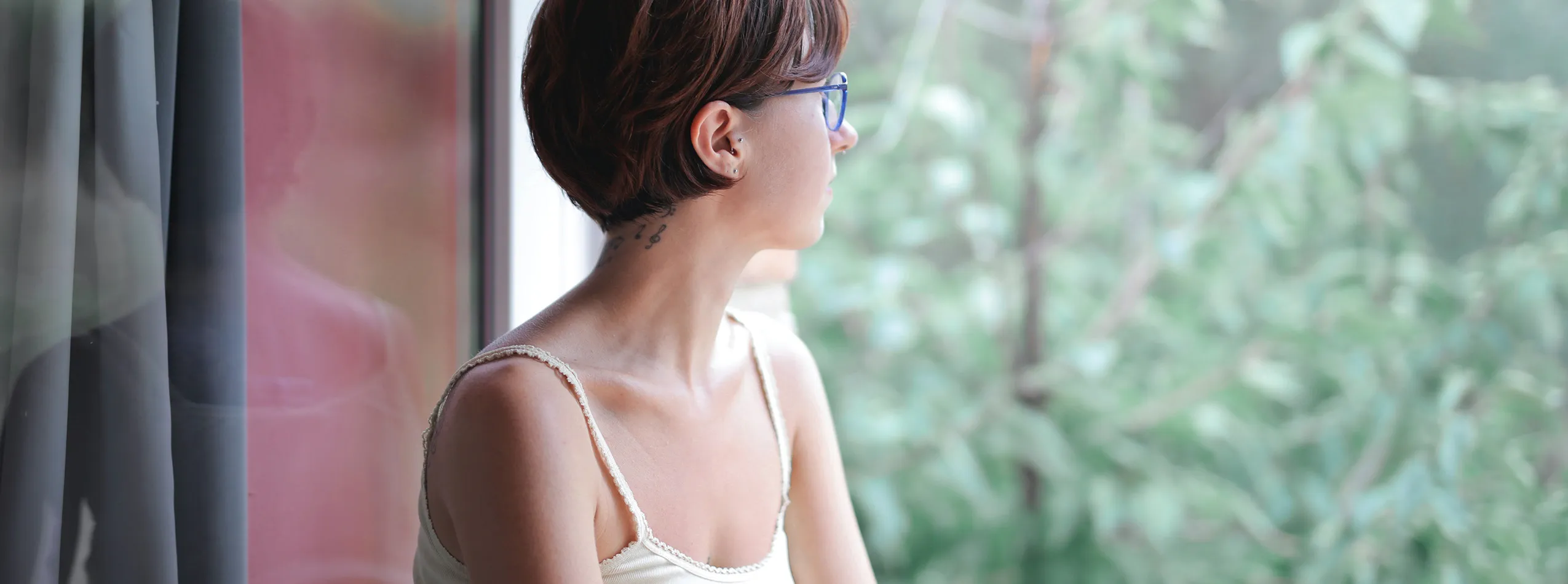Seasonal Affective Disorder (SAD) comes and goes in a seasonal pattern around the year and is a type of depression.
It can be hard to live with SAD, especially with symptoms and experiences differing between individuals.
When does Seasonal Affective Disorder occur?
Seasonal Affective Disorder happens at roughly the same time every year and happens as the seasons shift towards winter. Therefore, the condition is usually referred to as “winter depression“.
Seasonal Affective Disorder can happen during the spring-summer seasons too in the opposite way to the winter months, making someone more hypomanic during longer days.
Those who suffer from SAD may find that symptoms worsen in the winter seasons and lessen in the summer, and vice-versa for spring-summer SAD.
The disorder does not always start at the very beginning of a season. It can start earlier as the seasons begins to shift into another.
Symptoms
Symptoms do not happen all at once and occur slowly as the season heads towards another. These symptoms differ depending on the individual and can impact a person and the way they live their lives in several ways.
SAD can cause someone to experience fatigue or lethargy, leaving them without the energy needed to conduct day-to-day activities as usual.
When experiencing fatigue, a person is more likely to socialize less and sleep more. Once that person gains energy, they may use it to conduct chores or activities that are immediate or have been put off previously.
Lethargy can lead to someone suffering from SAD sleeping more than expected in the day and experience insomnia at night.
During SAD, a person will notice dark grey days and act as if glum or upset more often, like a dark cloud following them around. This can be an indication of SAD, especially for those who this behaviour is not typical.
This overall feeling of glum leads some suffering to indulge in junk food more and exercising less.
Unhealthy food and less physical activity affect the body physically and mentally as habits formed over SAD season could develop into long-term habitual behaviours that can be hard to break.
Changes in a person’s mental state over this time can lead to issues in concentration and potential periods of unsettling or suicidal thoughts.
Diagnosing SAD
To get a formal diagnosis, it is best to speak to an appropriately trained professional, such as a Clinical Psychologist, who can conduct the needed diagnostic assessments.
Causes
There are believed to be several causing factors that can increase the likelihood of someone experiencing SAD. One of the most common links to SAD is said to be the reduced sunlight that occurs over the winter months when days are shorter, and nights are longer.
This lack of sunlight affects the brain’s hypothalamus, which impacts the body’s hormone production in many ways, including the production of melatonin, which makes people feel sleepy and regulates the internal body clock.
Spring-Summer SAD results from more sunlight, which can lead to periods of hypomania for some.
Other factors that can contribute to Seasonal Affective Disorder can include how far away from the equator a person lives. Those living north or south to the equator experience SAD more than those who live close to the equator.
Treatment of SAD
Several treatments can be followed to alleviate symptoms of SAD depending on the individual and severity of the condition.
Medication for SAD
One avenue that may be suggested in tackling SAD is medication such as selective serotonin reuptake inhibitors (SSRIs). These increase the ‘happy chemical’ serotonin levels that can dip in those experiencing seasonal effectiveness and increase symptoms in turn. However, medication comes with potential adverse effects.
Light Therapy for SAD
Due to the impact that light has on our body, exposure to artificial light of the right wavelength can increase the body’s serotonin production, which ultimately boosts the mood and overall feeling of wellbeing.
A light therapy box recreates natural light with very few side effects and is a relatively inexpensive treatment.
Talking Therapy for SAD
They say talking helps people unravel their thoughts and feelings, which ultimately helps them understand themselves better and build new coping strategies. Therapies such as Cognitive Behavioural Therapy (CBT) give individuals the chance to examine themselves deeper and talk through their situations with a trained professional in a non-judgmental, helpful way.
Many talking therapies help provide someone with all the tools they need to manage and cope with SAD symptoms when on their own.
SAD can be a long and strange road to travel down, but you do not have to go down it alone. If you are worried about the seasonal disorder or know someone who is, consider chatting with Dr Nick to find out how you can work together to improve your mental health.




